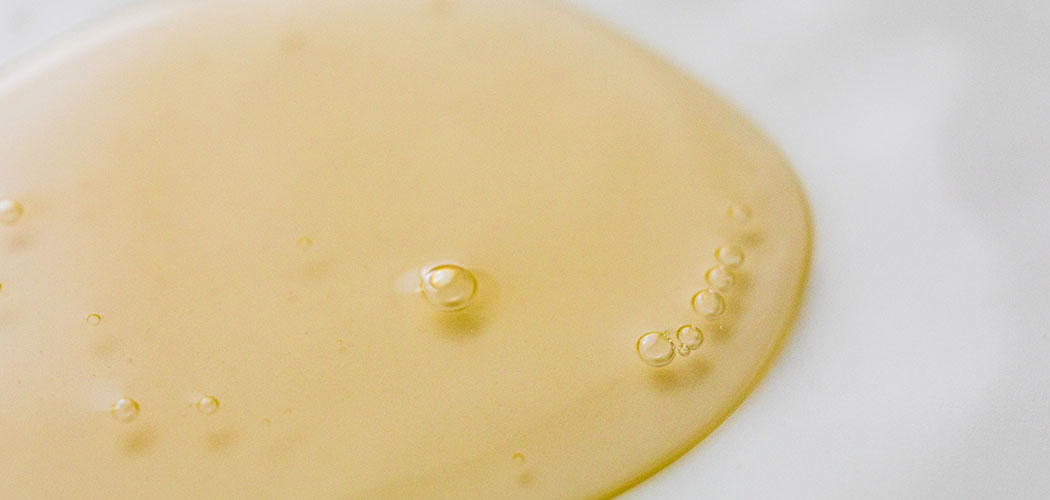Over the years, many skincare routines have come and gone, all promising to make your skin look its best. However, one trend has made itself mainstream again mostly because, if done correctly, it can provide incredible hydration for your skin. “Slugging,” as the trend is called, helps seal moisture into your skin, providing your skin with that healthy, beautiful glow. But, what exactly is slugging? What can you do to achieve the benefits that slugging can provide? Let’s dive in.
What Is Slugging?
Slugging is commonly credited as a K-beauty trend, originating in South Korea, due to its presence on social media. However, it’s important to point out that the basic practice has been around for decades and incorporated by numerous groups throughout the years. Simply put, slugging is the process of applying a large quality of an occlusive product, such as petroleum jelly, to your skin, usually before bedtime, that will stay on your skin overnight. An occlusive product, which is filled with oils and waxes, forms a layer on your skin that helps protect it and initiates healing. The process can get messy, which is where the name “slugging” comes from. In essence, that slimy film from the occlusive resembles a slug.
While this skincare routine might sound unappealing, it’s actually quite beneficial. According to a board-certified dermatologist in a CNN article, “By sealing the skin with an ointment, we can help prevent and minimize this water loss. Locking in this moisture is what keeps your skin hydrated, which makes for a plump and more youthful appearance.” Furthermore, according to Loreal Paris, “It’s thought to be especially beneficial during the cold and less humid winter months that tend to leave your skin feeling dry and tight.”
Slugging can also help make your other skincare products more effective. Applying the occlusive barrier over your other skincare products allows the skincare products to penetrate the skin more deeply without evaporating. You can try slugging on your skin wherever you have dryness, such as your face, hands, elbows, or even your feet. If you don’t want to run the risk of transferring all your moisturizers to your pillow, try it out on your feet, and pop on cotton socks before bed, or cotton moisturizing gloves on your hands.
However, it’s important to note that while slugging has many benefits, it may not be for everyone. In most cases, slugging is best suited for those with dry skin, especially those prone to eczema breakouts, irritation, or chapping. In fact, those with dry skin may benefit from slugging several times per week or even daily for a period of time to have healthier, better skin. However, according to CNN, “Anyone with oily skin or already struggling with blackheads, milia or blemishes should avoid slugging, as it may exacerbate these conditions.” Those with mildly oily skin may take part less frequently in slugging or only try it during the winter months. It might be best to give it a try and see how the process works for you.
What Products Should You Use (And Avoid)?
While petroleum jelly may be the first product that comes to mind when you think of products to use for slugging, you can also turn to glycerin, hyaluronic, or aloe-based products to get the most from the routine. Some of the products to consider for slugging include:
- Healing ointment
- Moisturizing cream for dry skin
- Hyaluronic acid intensifier
- Ultra-hydrating ceramide moisturizer
- Ceramide night cream
Some MUTHA™ products, which were created by Hope Dworaczyk Smith, are also a great go-to in order to achieve the benefits of slugging. For example, MUTHA™ Cream is formulated with MUTHALOAD™ Core Technology, which includes four forms of hyaluronic acid and bio-fermented ingredients, as well as aloe.
There are, however, products you should avoid with slugging. Doctors advise against using anything with active ingredients, including alpha-hydroxy acids (AHAs), beta hydroxy acids (BHAs), or retinoids. “When trapped, these [actives] can increase their strength beyond what was concentrated by a chemist, leading to unpredictable results on your skin,” explains Elle. It’s important to remember that, “Slugging itself isn’t hydrating—it doesn’t infuse the skin with moisture. Rather, it just keeps the moisturizing products you’ve applied from seeping out.” That’s why it’s important to read the ingredients of the products before applying to the skin.
The Slugging Process
Now that you know everything there is to know about slugging, here is the step-by-step process on how to achieve the ultimate benefits from the practice:
- Cleanse Your Skin: Like every time you go to bed, it’s important to first cleanse your face. Remove any makeup, and apply toner if that’s part of your cleansing routine. Just make sure to use one that will not dry out your skin!
- Add a Serum: With slugging, you want to make sure you are using products that will provide as much hydration as possible. So, start with a moisturizing serum. Usually, that serum is something with humectants, like hyaluronic acid. We like the MUTHA™ No. 1 Serum in general, and it fits the bill for slugging practice, too.
- Apply a Moisturizer: While not a necessary part of the slugging process, applying a moisturizer will, indeed, help with hydrating. Something with humectants, emollients, and occlusives is the ideal option. Keep in mind that, if you use face oil, apply it after the moisturizer. Also, if you are prone to breakouts, you may want to skip this step.
- Add the Occlusive: In most cases, the main slugging product, or occlusive, is going to be petroleum jelly. Add some to your fingertips, and apply it evenly on your face. Yes, it will look like slime. But, it’s supposed to.
- Later, Rinse: In the morning, rinse the occlusive off your skin, and start enjoying that hydrated skin feeling.
To learn more skincare tips and tricks from the beauty guru Hope Smith, check out more articles on the blog, including summer skincare tips and skincare myths.
